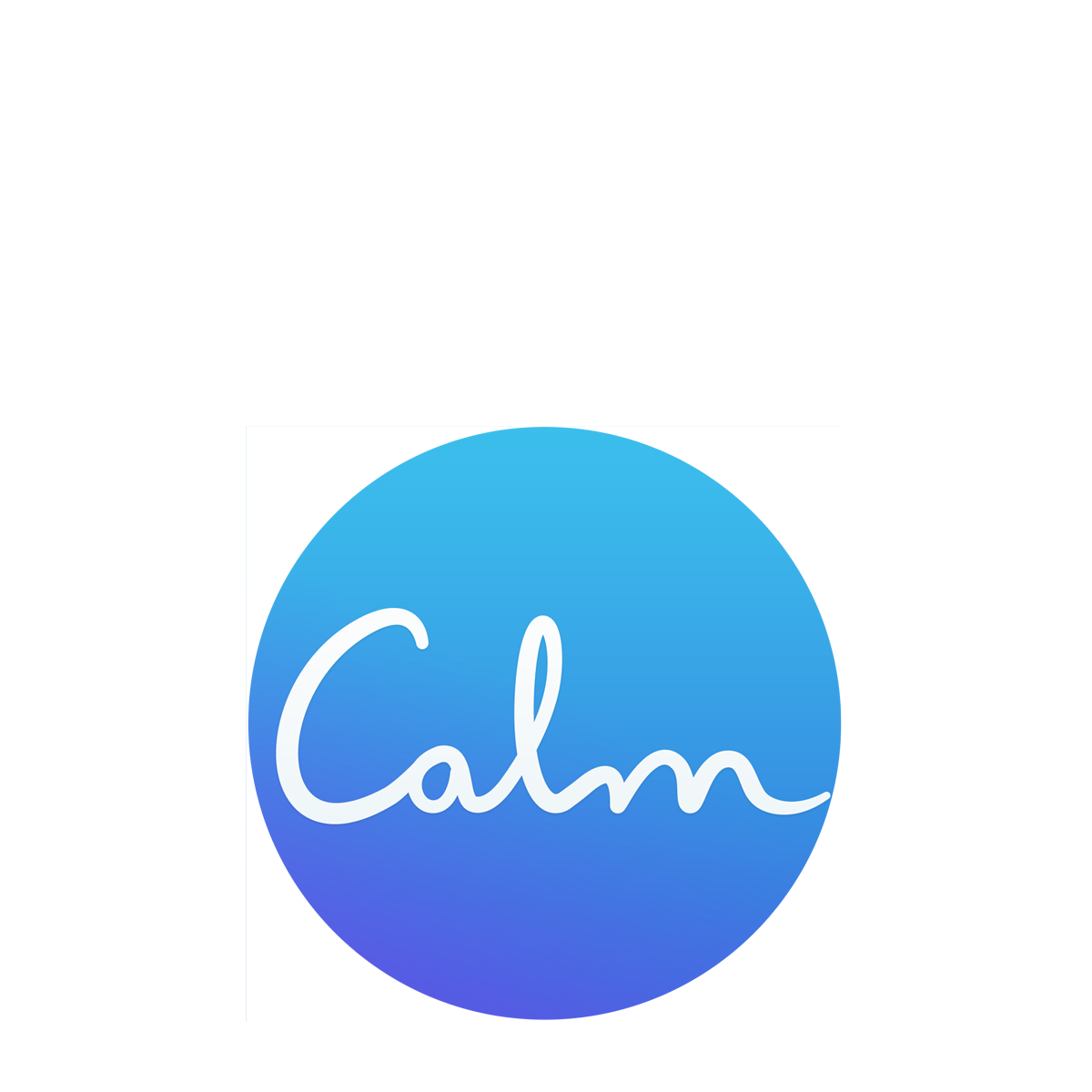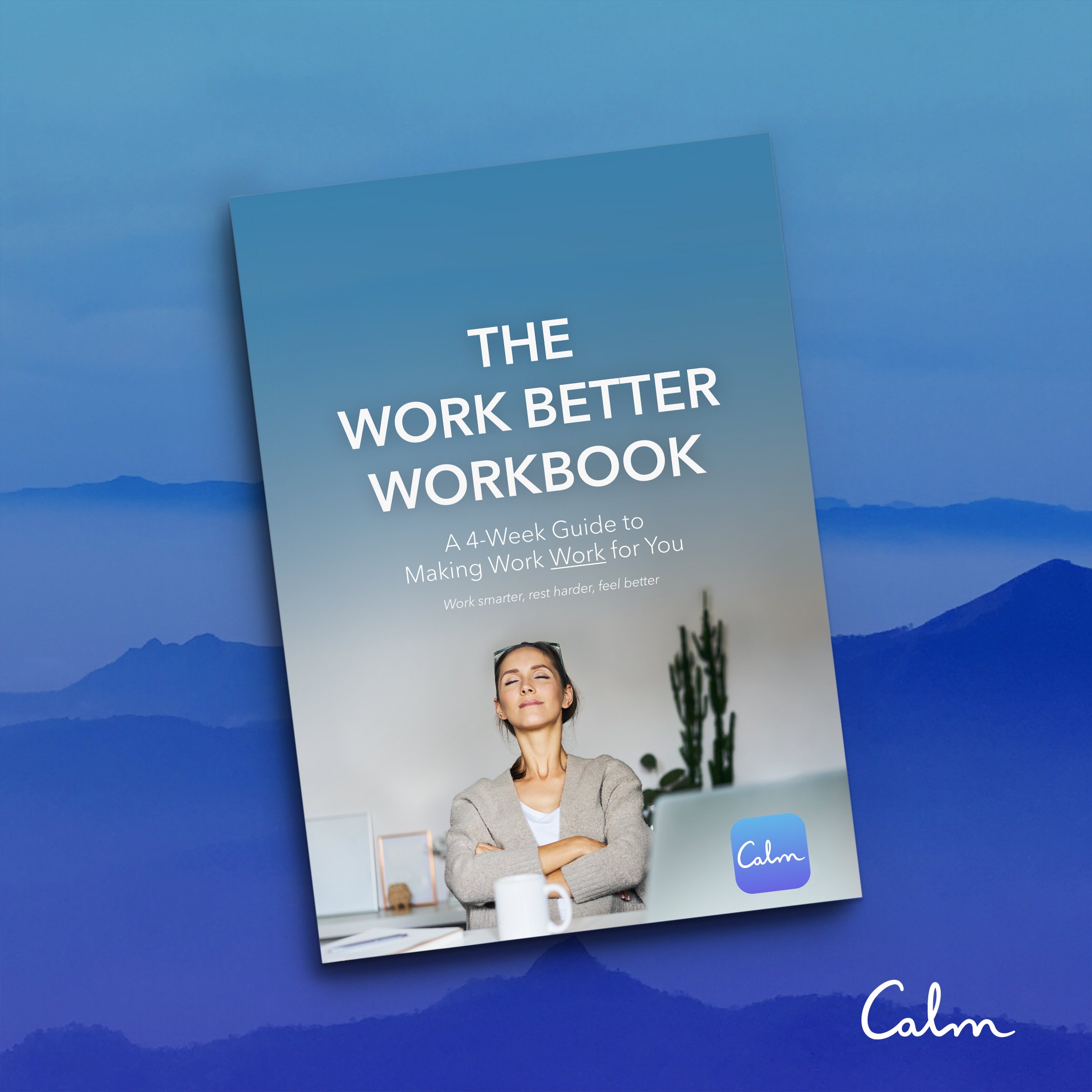The magic of micro-breaks: 5 science-backed tips for stress-busting work breaks
There’s a new way to break at work. Science has shown that “micro-breaks” help to increase performance and productivity at work, but more importantly, they defend against burnout, increase satisfaction and overall wellbeing.
The popular 80s song suggesting that “everybody’s working for the weekend” seems to hold true today. Many of us push through our work week to make it to that much-needed break on the weekend. We know we should be taking more time for ourselves during the day/week, actually stepping away to eat lunch or turning off our phones after work, but often think we’re just “too busy” to rest.
Whether spurred on by our never-ending to-do list or the pressures to stay plugged in, we may eat a rushed lunch at our desk or check emails after hours. It probably doesn’t come as a surprise that this all too common pattern is a fast-track to burnout. Properly utilizing our longer breaks during the week, like lunchtime and weekends, is important, but there’s another type of break we should be focusing on to support our mental and physical health at work. Enter, the “micro break”.
A Shower For Your Mind
Research has shown that making time for smaller breaks throughout the day (2-10 minutes) is as important in helping us manage our stress levels as longer breaks. Because rather than pushing through our work, ignoring our needs and stress levels, these microbreaks help us see to any immediate physical, mental, or emotional needs as they arise.
When we care for our mind and body, it can care for us. Which is why micro breaks are proven to decrease stress, improve our performance, motivation, & concentration, and increase overall wellbeing. They can even affect how you see your job (aka make it more enjoyable) and avoid common work-related injuries.
All this research points to a common truth: regularly detaching from your work tasks (both during the workday and after hours) functions both as prevention and intervention. Micro breaks can revitalize you in the short term, allowing you to be more resilient when challenges arise, which ultimately protects you from burnout in the long term.
Think of taking a micro-break like taking a shower (for your mind). Just like the shower you took yesterday won’t keep you clean today, whatever breaks you took yesterday won’t keep your mind fresh today. You need to spend dedicated time each day letting your brain recover.
Burning the Mental Fuel
Our minds, just like our bodies, need the chance to relax and refuel. Prolonged periods of concentration deplete the brain and lead to a decline in performance. It’s not yet clear what causes this depletion, but it’s as if there’s a “mental fuel” that gets burned up. This “running on empty” is particularly dangerous in jobs where people's lives depend on focus (pilot, doctors, etc.), but it’s negatively impacting job performance across the board.
Related: The 5 Signs Of Burnout & Science-Backed Tips for Recovery
You’ve probably experienced the phenomenon of “sleeping on” a problem and waking up with a fresh perspective, or zoning out in the shower and having a spark of creativity.
When we take a break from concentration and allow our minds to rest and zone out, they have the chance to process all of the information we’ve been working on and come up with fresh new ideas and approaches to challenges.
So in the long run, micro breaks may boost our productivity and creativity, contributing to a higher level of performance and a happier life.
How To Micro-Break
The good news is that micro breaks can (and should) be simple. There’s no universal numbers on how long the perfect micro-break should be, or how often you should take them, so it’s up to you to discover what works best for you.
Maybe you like taking a 10 minute break once an hour. Or maybe a 2-3 minute break a few times an hour feels better to you. What matters is that you take time to focus on something other than your work each hour. If you’re stopping to chat with the coworker next to you or getting up to stretch a couple of times an hour, you may already be a micro break pro!
What you do on your break is up to you, but it’s best if it’s something that you enjoy. Research shows that workers who took breaks to do something they liked reported better health, higher job satisfaction, and lower rates of burnout.
What seems enjoyable to you will probably change throughout the day depending on how you feel, so tune into your own body each time you want to take a micro-break to decide what would feel best in that moment.
While you may not want to interrupt a good work flow session, if you’re someone who will constantly forget the time, try setting a timer on your phone or computer as a reminder to step away from your work and take your micro break.
Build Your Own Micro-Break
Here are five micro-break suggestions for you to play around with at work.
Move your body
Moving your body in some way is always a great use of a micro break. Whether you're sitting at a desk or on your feet all day, engaging in some mindful movement can help you loosen up any stress or tension.
Studies show that standing up and walking around for five minutes every hour improves your health and well-being. Taking a walk can even increase creativity. Try a 5 minute Mindful Walking practice around the block, or just pop on the Take a Walk playlist and let the music guide you.
You can also try today's Daily Move, or any older sessions that sound appealing on a break. You can choose to do a session standing, lying down, or even sitting at your desk!
🔹 Feeling stressed? Try a Walk Away Stress or Step Away From Your Computer practice on your next break. 🔹
2. Change your environment
Do you need a dose of calm that studies show nature can give you? Or maybe you need the energy of a city street to get yourself re-energized. Know what state of mind you are looking for in your day and tailor your break accordingly.
Even if you just briefly step outside or walk to another room, this change of environment can help your brain rest and switch gears.
Don’t have a city or natural landscape close by? Choose a soundscape that best suits your mood, close your eyes and let yourself be transported.
🔹 Looking for a moment of zen? Enjoy the sounds of a Coniferous Forest or Peaceful Stream. Need a buzz of energy? Imagine yourself on the City Streets or in a bustling Coffee Shop. 🔹
2. Mindfulness
If you’re here, there's a good chance you’re already aware that mindfulness is a great way to relieve stress & anxiety, and give your brain a break. But did you know that you don’t need a lot of time to practice? The Quick and Easy section on the Calm app has so many 1-5 minute mindfulness practices that are perfect for your next microbreak. In just a few minutes, you can use some mindful breathing to Steady Yourself, Relax, Calm Down, and even get a full Reboot.
Related: The Secrets To Managing Work Stress Like A Boss
If you’re feeling tired, try a quick practice to Get Energized. If you notice you’re super stressed or anxious, explore a practice to Release Tension, or Calm Anxiety. Or maybe you just want to practice a little Kindness for Yourself.
The Work section has meditations that help you in many common work day challenges. Try the Scattered Attention practice when you mind feels all over the place. Let the Procrastination meditation help when you're dragging your feet on a task. And try out the Ruminating or Reframe Difficult Thoughts practice when you can’t stop thinking about the mistake you (or your coworker) made.
🔹 Try taking a group micro break before your next meeting with this Pre-Meeting Team meditation.
4. Get inspired
Let yourself get inspired with a form or art of entertainment that interests you. Listen to some new music based on whatever mood you're in. Check out a short podcast around a topic that interests you. Or play a chapter of an audio book you’re loving.
Maybe putting together a nice drink or snack interests you. Or striking up a conversation with a coworker or friend over the phone. Whatever you choose, enjoy letting your mind be engaged in a topic that inspires you.
🔹 The Daily Jay is a moment of mindfulness and a great source of inspiration combined in a quick 7 minutes.
5. Get creative + daydream
Letting yourself do something creative is a great way to spend a micro-break, especially if you engage in a lot of left-brained, analytical activities at work. Activate that right-brain by writing, drawing, or even doodling on a notepad. Don’t worry about making something “good”, just let yourself play.
Daydreaming can also be a great way to spend a microbreak. Allowing your mind to wander to whatever it wants to dream about in your near or distant future is actually proven to lower stress, boost fulfillment, and improve productivity at work.
🔹 Explore Creative Play and how it can improve your life with this Daily Calm session.
As you take breaks, be mindful of how different activities make you feel. Which types of breaks help you feel relaxed, and focused? Which energizes you and makes you excited to return to your to do list? Maybe you start to sense what time of day you need a pick-me-up break, and what time you need a calm-me-down break.
You have the power to improve your daily work experience, a few minutes at a time.
Download The Work Better Workbook
A free, downloadable four-week guide that empowers you to make work, work better so you can work smarter, rest harder, and feel better. We tackle boundaries, rest, productivity, and burnout step by step.
Mental health is hard. Getting support doesn't have to be. The Calm app puts the tools to feel better in your back pocket, with personalized content to manage stress and anxiety, get better sleep, and feel more present in your life. Calm your mind. Change the world.












